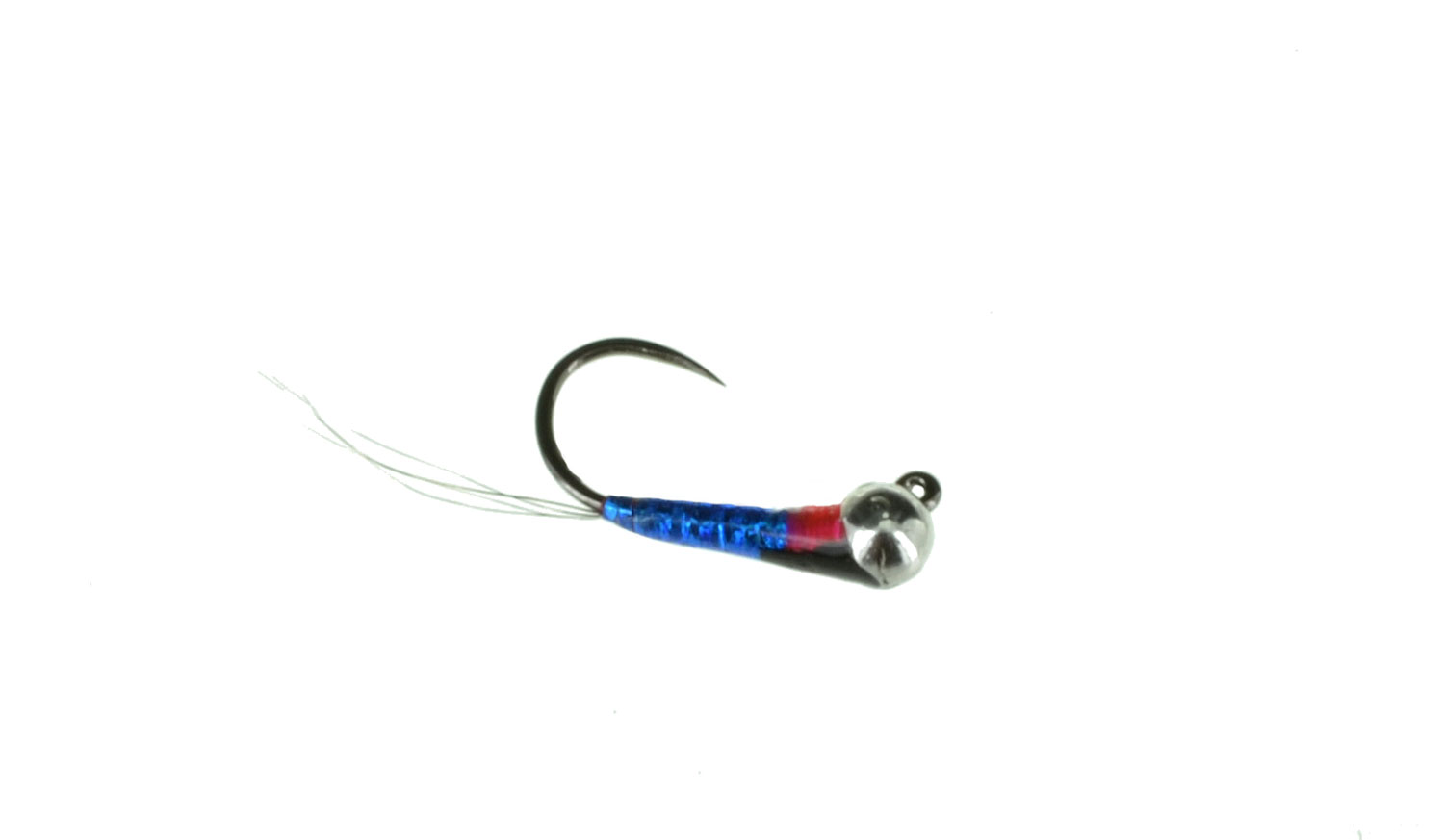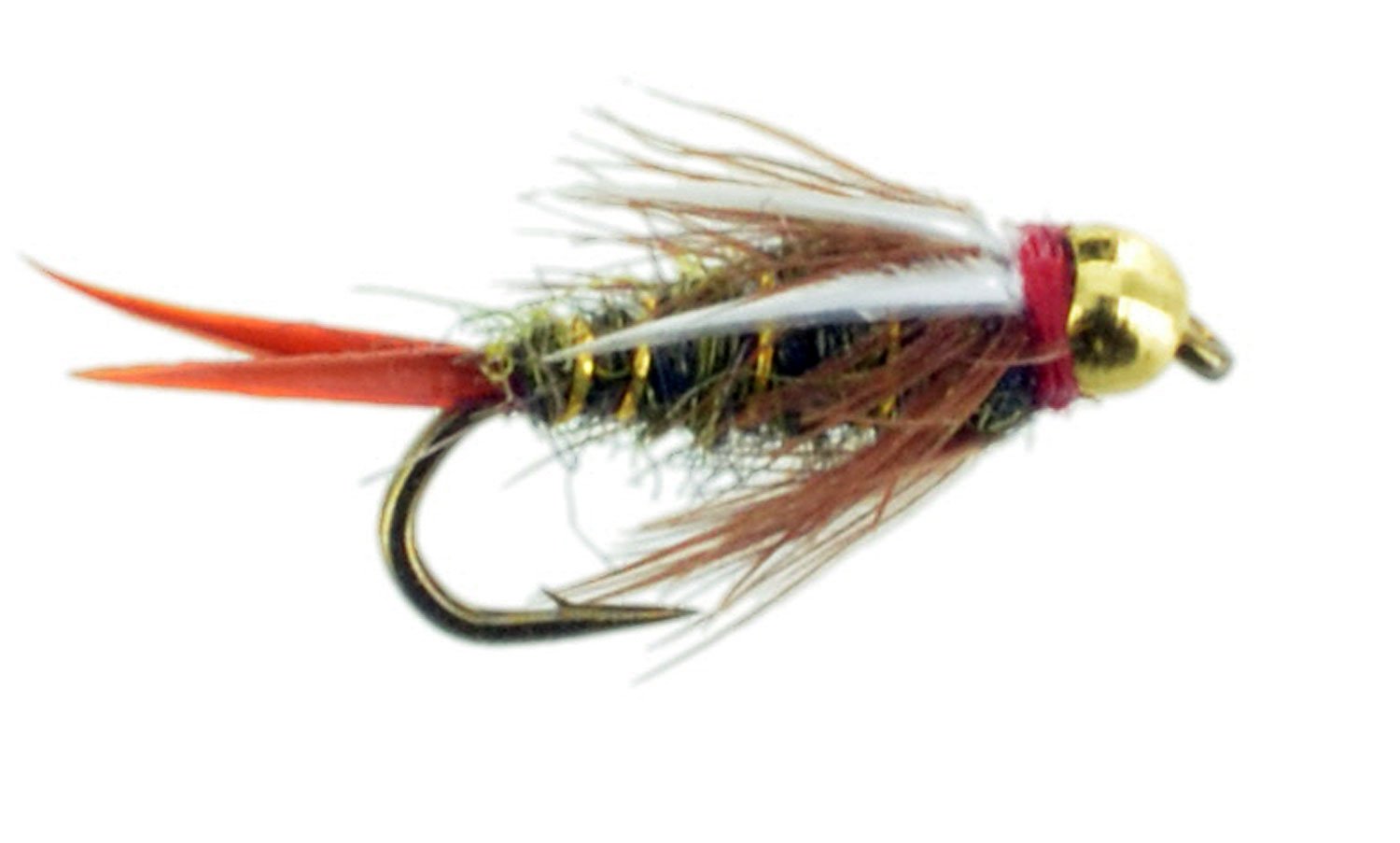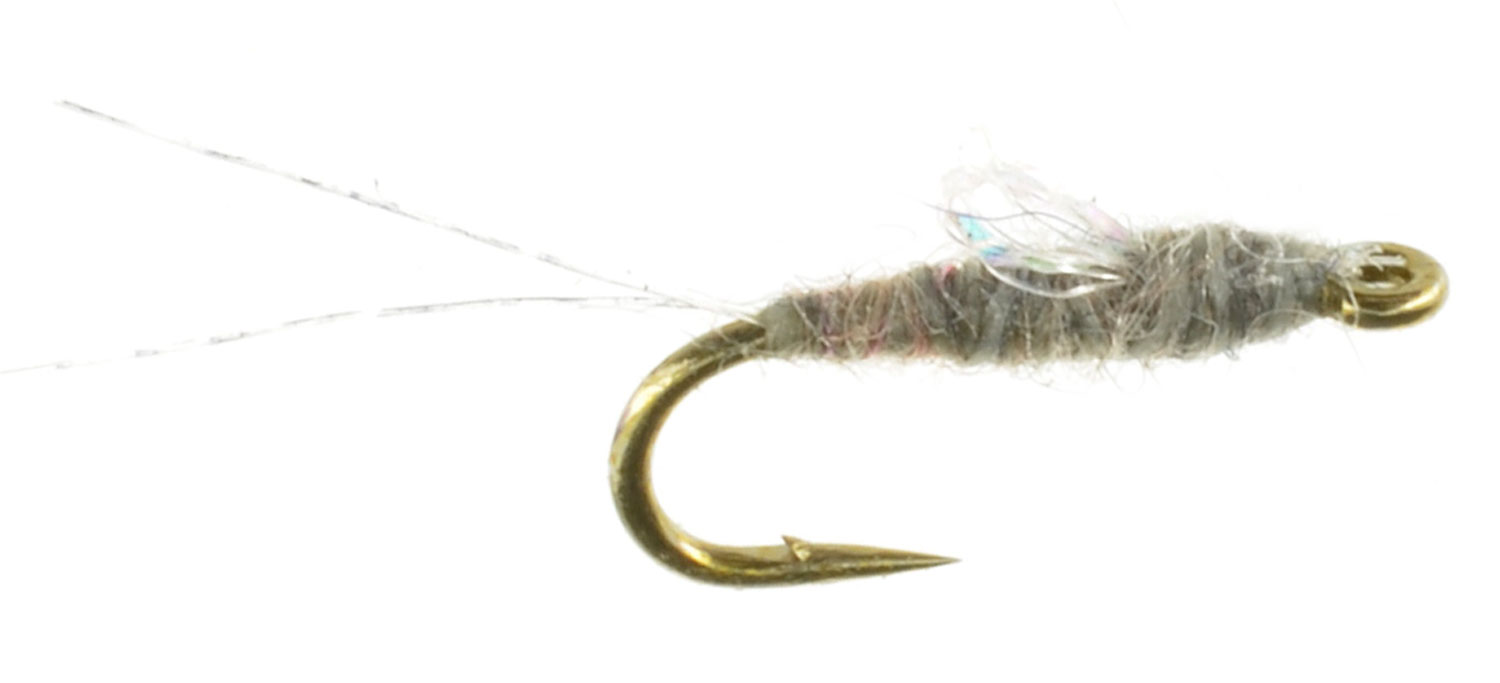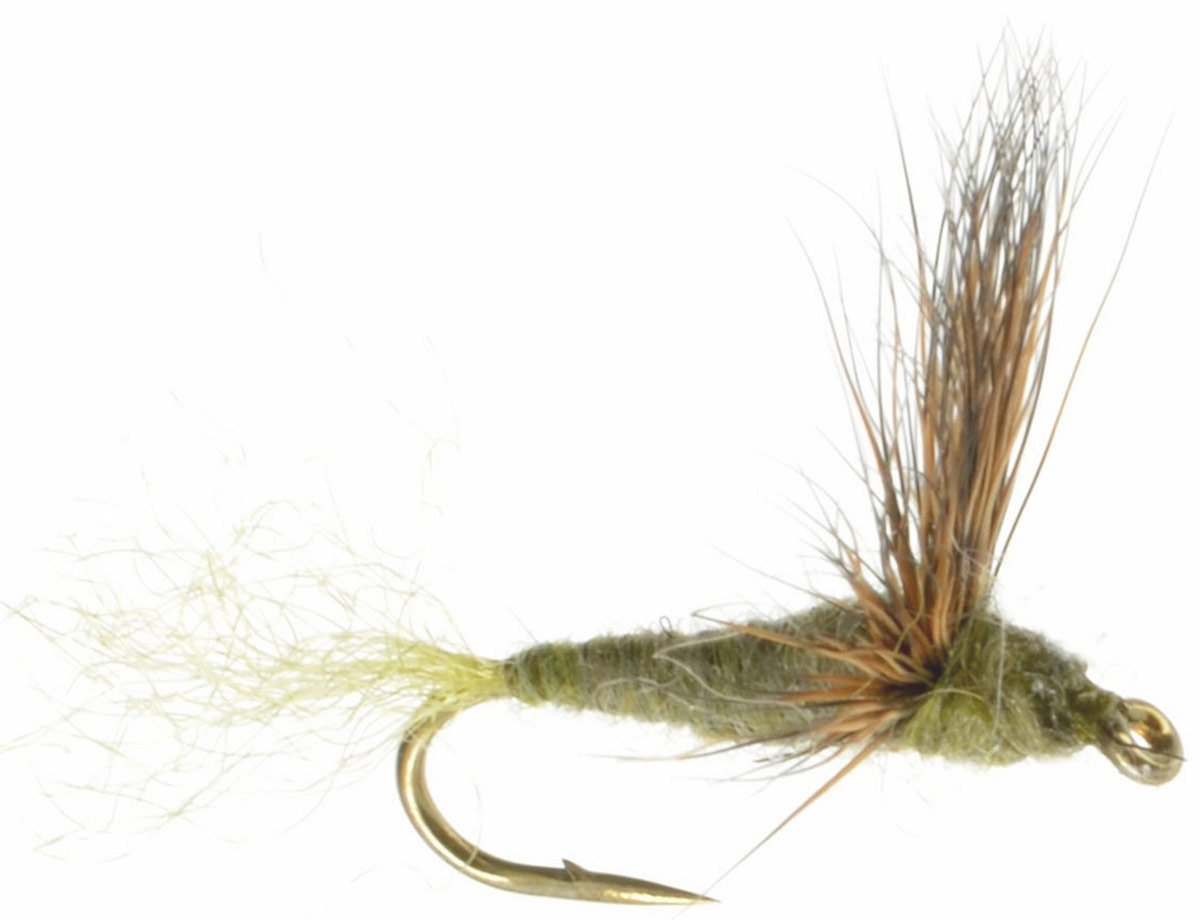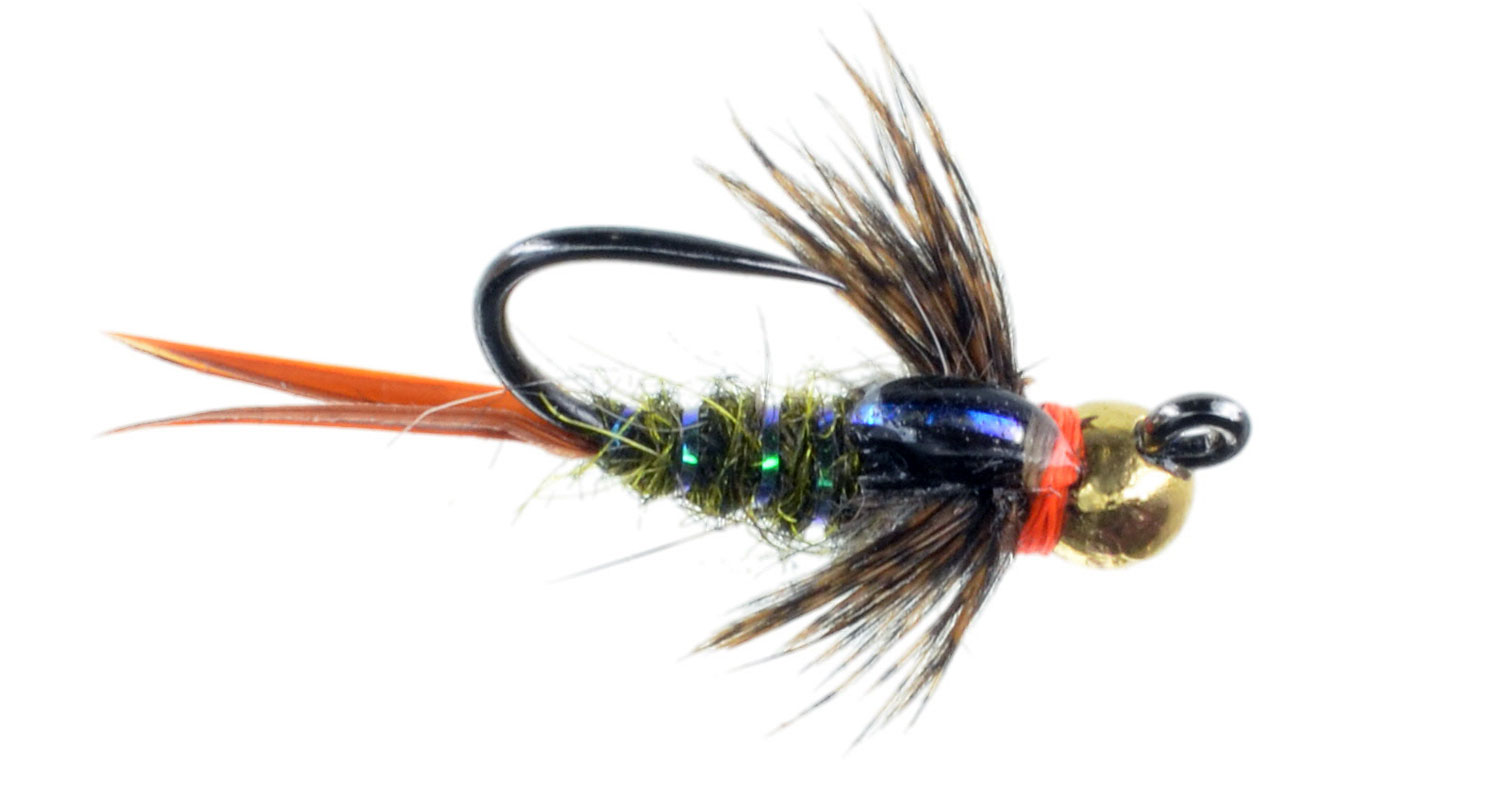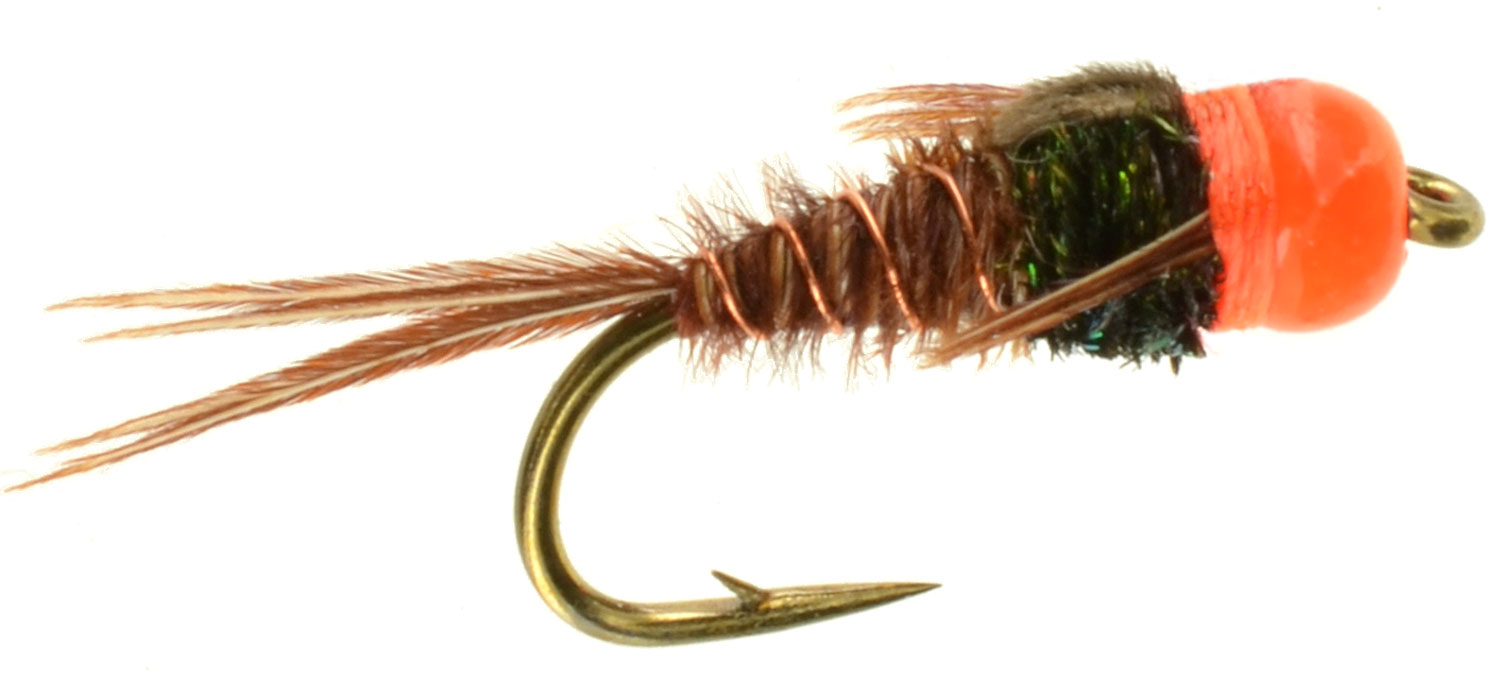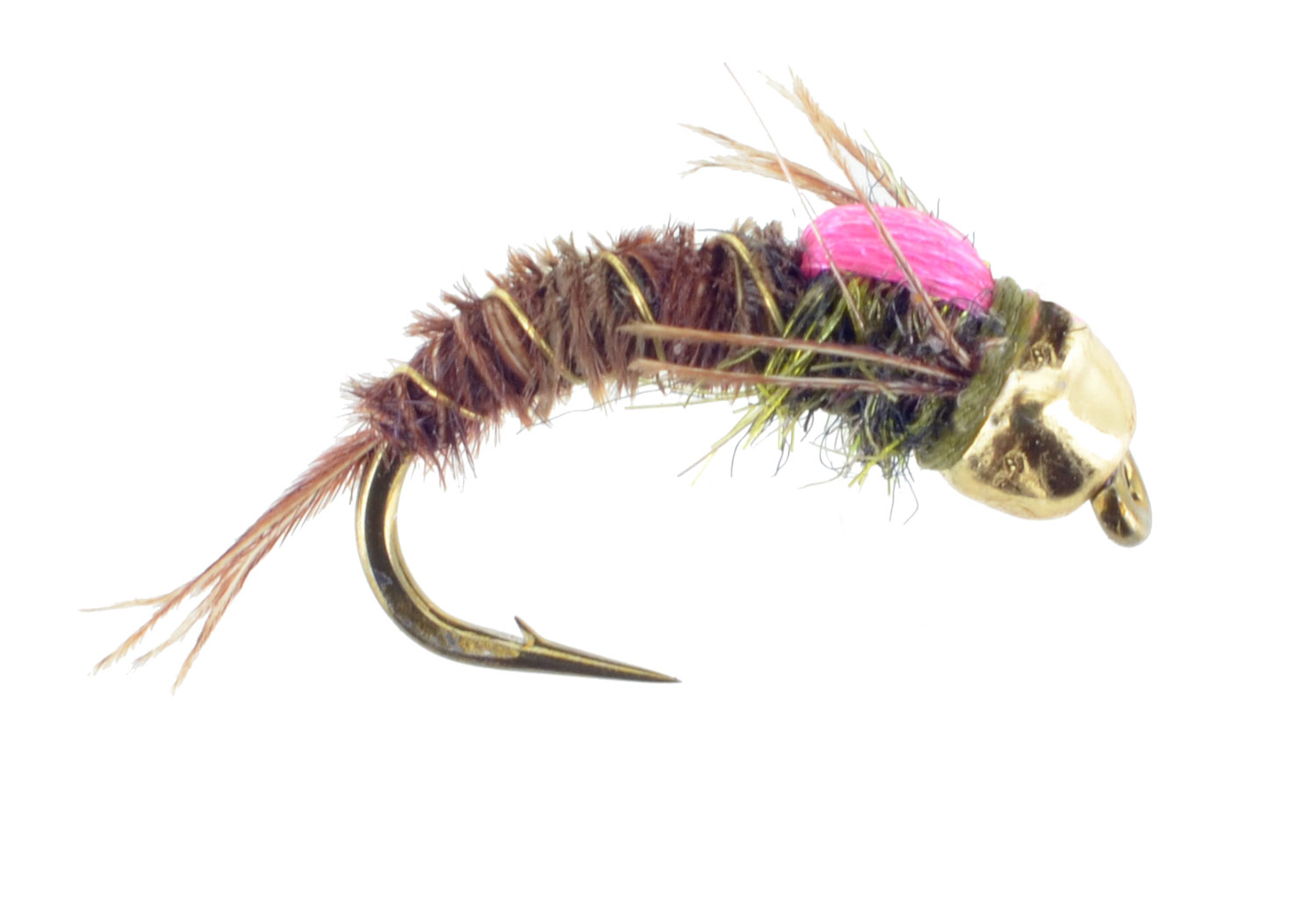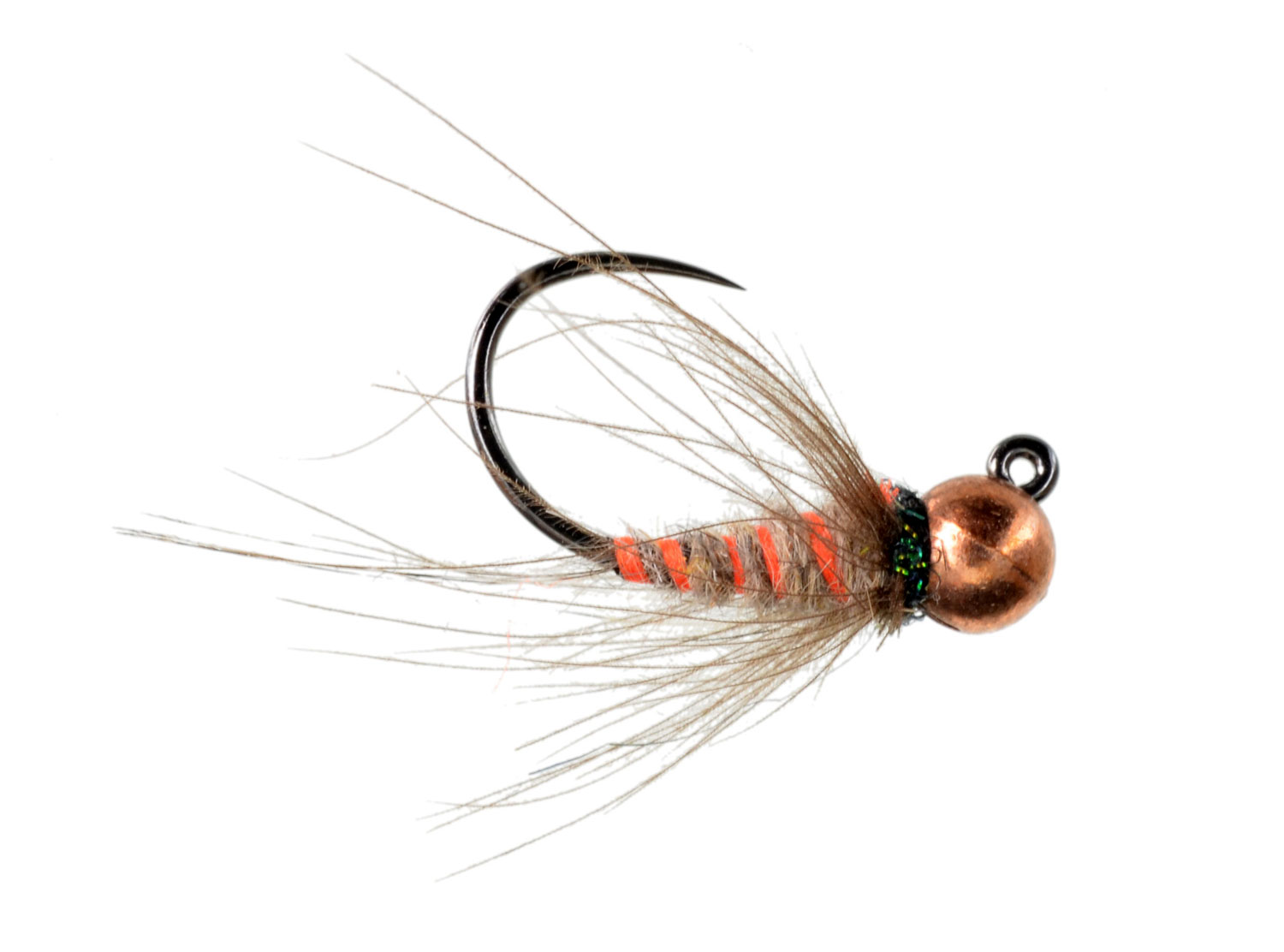Fly Fishing Flies with Hot Spots, including videos on Tying the Red Dart, Mayhem Bush Pilot, Frenchie, & France Fly Fishing Flies
Nymphs with Hot Spots Should Have a Place in Your Fly Box
by Chris N. • February 26, 2023 in Fly Tying Videos, Fly Fishing Tips and Techniques
There aren’t many bugs tumbling down the river or swimming in lakes that have fluorescent heads, rears, or wing cases. Yet, many of today’s top nymphs are designed with hot spots using some of the same seemingly off-the-wall colors that graced the pages of many ski catalogs during the 80s. And, classics have been retrofitted with these same hotspots.
What is a Hot Spot Fly Fishing Fly?
A hot spot is a brightly colored addition – usually fluorescent or bright – to a fly. According to this article from Fly Tyer, the hot spot originated in the UK when anglers added them to all types of flies when fishing lakes. The goal was to get the attention of fish. It worked. The same principal applies today. The purpose of a hot spot is to not only help your fly stand out amongst all the naturals, but also to illicit a strike from otherwise uninterested fish. Importantly, we distinguish a hot spot from flashy materials that are used to imitate a natural characteristic such as a trailing shuck or a wingcase during emergence.
Materials & Colors Used for Hot Spots
Numerous types of materials can be used to incorporate a hot spot. Our favorite is Glo Brite, which is a floss material manufactured by Veniard in the UK. It comes in sixteen different colors, which are coded by number. For example, Glo Brite #5 is Fluorescent Fire Orange. Other synthetic materials such as tinsel, Fluoro Fibre, and UV Dubbing can also be used.
Natural materials, while not fluorescent, can also be used for hot spots. Brightly colored hackle fibers, for example, are used effectively as a hot spot tag on flies like the Red Dart.
There are many colors utilized for hot spots. Our favorites include orange, pink, red, and blue. While there is some “science” behind different colors, we find that we have more confidence in our favorite colors. We suspect that many colors would work equally well.
Finally, fluorescent thread and brightly colored beads can be used to create a hot spot.
Placement of a Hot Spot
The most common ways to incorporate hot spots include the following:
- As a tag, either tied as a "tail" or alongside traditional tailing materials,
- Incorporated into the rear of the fly (a butt),
- As a thread collar,
- As a bead,
- As a rib, or
- As a thorax or wingcase.
Our preference for hot spots is either a thread collar or tag. We do, however, like them all. Our experience is that that they all work equally well. We just find that tags and thread collars are quick and simple to tie.
Fishing with Hot Spots
We fish with at least one hot spot fly more than 90% of the time. The most obvious exception is when fishing to uber selective or spooky fish.
We almost always have a large, weighted fly with a hotspot like a Jiggy Twenty Incher. On the occasions that we use a large fly without a hot spot (like when we fish a big Jiggy Articulated Pat’s), we will almost always have a smaller fly like a Perdigon with a hot spot.
Hot Spot Fishing Flies Should Have a Spot in Your Fly Box
While we can’t definitively tell you why they work, our experience is that hot spots work. If you haven't already, carve out a few rows in your fly box for a variety of hot spot nymphs. If, along the way, you figure out why they work, please let us know.



